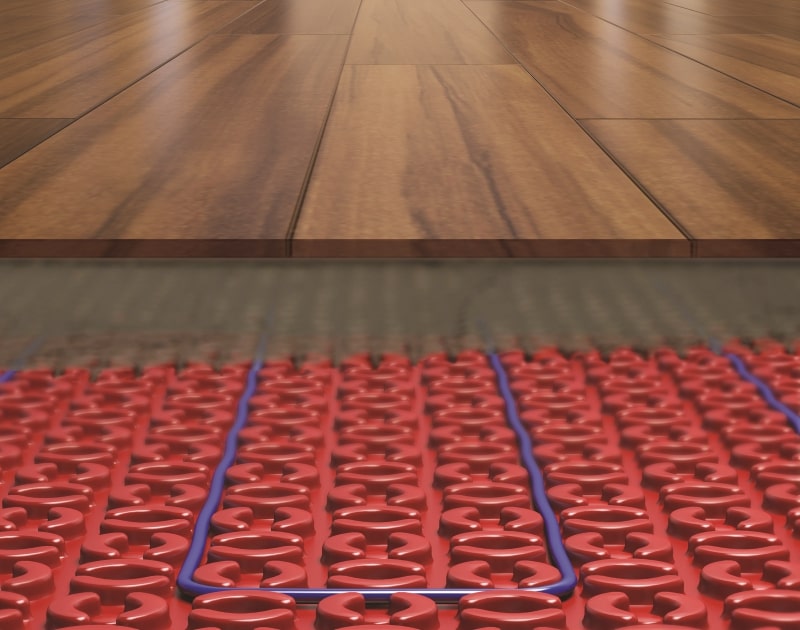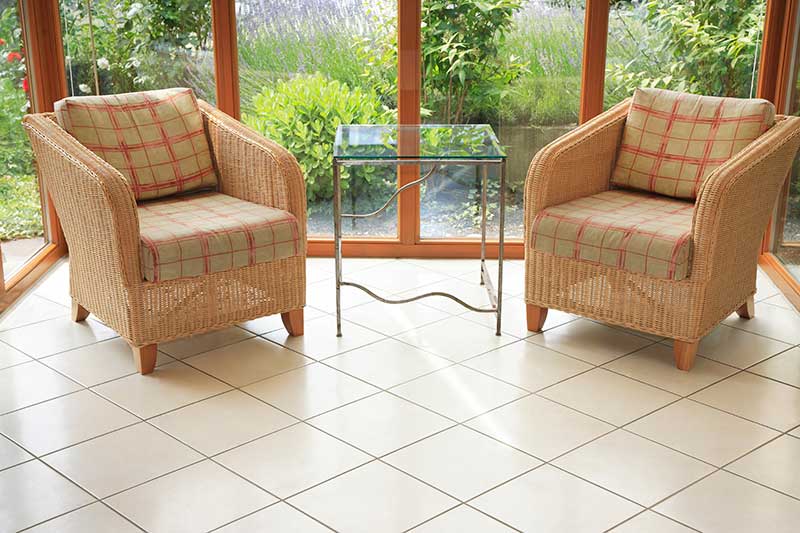What is the best heating system for a yoga studio? Whether you’re heating a hot yoga studio or just trying to fend off the harsh winter cold, your perfect space for this exercise of the body and mind will need heat.
Temperature is essential in any yoga studio; if your space is too hot or too cold, your patrons may have difficulty finding that perfect point of relaxation and focus. Are you offering hot yoga classes? As a yogi, there is nothing more disappointing than expecting a hot yoga class only to find yourself in a “slightly warm” yoga class.
What factors do you need to consider when choosing a heating system? What are the pros and cons of each heat source? Find all the answers to your burning questions below.
Factors to Consider When Heating a Yoga Studio
There are many factors to consider when deciding how to heat a yoga studio. How big is your space? What is your budget? How much heat do you need to generate? Fortunately, with some foresight and planning, you can easily account for these considerations.
Size of the Studio
When debating your yoga studio heating options, one of your first considerations should be the size of the space you want to heat. The larger the area, the longer it will take for forced hot air or a wood stove to warm the room.
If you have a vent blowing warm air from one side of the studio, it might be hot near some patrons, while yogis on the other side are still cold. The larger the space, the longer it will take for everyone to feel the heat.
Systems that heat evenly across the entire room, like radiant floor heat, are a better choice for big studios, since they can ensure that all of your students feel the heat evenly and simultaneously.
Insulation and Overall Energy Efficiency of the Studio
How well-insulated is your studio? Is it in a drafty old building from the 1800s? Is there an entire glass wall overlooking the city?
R-Value is a way to describe how insulative a material is. A single pane of glass has an R-Value of 1, while an insulated exterior wall may have an R-Value of 22.
Those huge windows offer exceptional ambiance and views, but they make yoga studio heating much less efficient. Old buildings are often the same, by allowing heat to escape more rapidly than their more modern, energy-efficient counterparts.
If your yoga studio may leak heat, using one of the more energy-efficient heating options may be something to consider.
Climate and Weather Conditions in the Area – Heat Output Requirements
What is the weather like where you live? Is your studio in an arctic tundra that consistently hits below-freezing temperatures in the winter, or do you live closer to the equator and barely drop below sixty degrees Fahrenheit?
If your practice is located in a place where it rarely gets cold, then your heating requirements will be significantly different than a business located in Montana or Alaska.
Cold-weather yoga studios will require heat to run much more frequently, while a warm-weather studio may only need to heat a hot yoga studio.
The efficiency of your heating system will be much more critical for the cold-weather studio owner to keep overhead low. At the same time, these considerations will be less crucial to the warm-weather yogi.
Budget and Energy Costs
Heat can be expensive, and when you’re a small business owner keeping your overhead costs low is vital to the success of your business. Knowing your budget for yoga studio heating can dictate the system you use for heating your space.
Options for Heating a Yoga Studio
There are many options for yoga studio heating systems, each offering its own set of pros and cons. These systems include:
- Forced air heating
- Radiant floor heating
- Space heater(s)
- Wood or pellet stove
- Solar heating
Pros and Cons of Each Heating Option
Forced Air Heating
Forced air is one of the most common ways to heat a building. If your yoga studio is in an industrial building, odds are, this is how it is currently heated.
Pros
- Extremely common. Replacement parts are widely available, and almost all HVAC technicians can repair and service them.
Cons
- Inconsistent, uneven heating that can create cold spots in a room
- Not the most energy-efficient heating system
- Very invasive installation
- Requires routine maintenance
- Noisy
- Can blow dust and other allergens into the room
- Can dry out the air
Space Heaters
Space heaters have been an excellent temporary heating solution in small spaces for decades, and while they are great for certain situations, they have their limits.
Pros
- Cheap
- Portable
Cons
- Insufficient for large spaces
- Potential fire hazard
Wood or Pellet Stove
Wood and pellet stoves add an incredible feeling of rustic coziness; however, that cozy feeling comes with some compromise.
Pros
- Cozy ambiance
Cons
- No accurate way to control temperature
- Requires manual addition of fuel
- Requires routine maintenance
Solar Heating
Solar heating is an eco-friendly and cost-effective heating system for a yoga studio, but it may not provide enough heat for studios in colder climates.
Pros
- Eco-friendly
- Cost-effective
Cons
- Not sufficient for colder climates
Radiant Floor Heating
Radiant floor heating is an excellent option for yoga studio heating. Providing accurate temperature control, energy efficiency, and even heating up to 104 degrees Fahrenheit, radiant floor heating is the preferred heating system for a yoga studio.
Pros
- Energy efficient
- Precise temperature control
- Use under any type of flooring
- Temperature control precision and energy efficiency are both increased with smart thermostat integration
- Great for heating a hot yoga studio, it can reach temperatures of 104 degrees Fahrenheit
Cons
- Has to be installed under the floor, so it is best to do it during a remodel
Utilizing Radiant Floor Heating from Warmup to Heat Your Yoga Studio
Warmup radiant floor heating products are the perfect solution for heating a yoga studio, which is why Chelsea Piers fitness and yoga studio in Brooklyn chose them when updating their facilities.
Utilizing Warmup’s state-of-the-art StickyMat and 4iE Smart WiFi Thermostat, the Chelsea Piers fitness center could quickly and easily install smart radiant heat in their locker rooms and yoga studios, which transformed them from cold and wet to warm and luxurious.
With over 25 years of experience and over 2 million systems sold worldwide, Warmup has the knowledge and expertise to help you solve your heating needs. Don’t spend another winter shivering through your downward dogs and sun salutations; contact Warmup today or use their quote selector for instant pricing and find out why Warmup is the world’s best-selling floor heating brand!





![Thumbnail [200x250]](/wp-content/uploads/Indoor-Systems-Page-Image.png)
![Thumbnail [200x250]](/wp-content/uploads/image-13.png)
![Thumbnail [200x250]](/wp-content/uploads/Projects-Image.png)